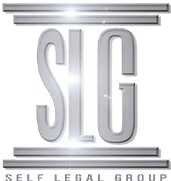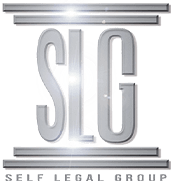Bankruptcy is a legal process designed to help individuals and businesses who are struggling with debt to get a fresh start. It can be a difficult and emotional decision, but for many people, it is the only way to resolve their financial problems and move forward with their lives. In this blog post, we will discuss what bankruptcy is, how it works, and what you need to know if you are considering this option.
What is Bankruptcy?
Bankruptcy is a federal court process that allows individuals and businesses to have their debts discharged or eliminated. When someone files for bankruptcy, they are protected from creditors who are trying to collect on their debts. The bankruptcy court will appoint a trustee to oversee the case and to ensure that creditors are paid as much as possible.
Types of Bankruptcy:
There are two main types of bankruptcy for individuals: Chapter 7 and Chapter 13. Chapter 7 bankruptcy is also known as a “liquidation” bankruptcy and is for individuals who cannot repay their debts. In this type of bankruptcy, the trustee will sell the individual's non-exempt assets to pay creditors. Chapter 13 bankruptcy is for individuals who have a regular income and is also known as a “reorganization” bankruptcy. In Chapter 13, the individual will repay some or all their debts over a period of three to five years.
For businesses, there is Chapter 11 bankruptcy, which is a reorganization bankruptcy that allows businesses to continue operating while they repay their debts over time.
The Bankruptcy Process:
The bankruptcy process starts with the filing of a petition with the bankruptcy court. This petition will include information about the individual's or business's assets, liabilities, and income. The individual or business must also complete a credit counseling course and file a plan for how they will repay their debts.
Once the petition is filed, the bankruptcy court will issue an automatic stay, which will prevent creditors from attempting to collect on the debts. The trustee will then review the case and make recommendations to the court about how the debts should be paid.
In a Chapter 7 bankruptcy, the trustee will sell the individual's non-exempt assets and distribute the proceeds to creditors. In a Chapter 13 bankruptcy, the individual will make payments to the trustee over three to five years. In a Chapter 11 bankruptcy, the business will continue operating and make payments to creditors as outlined in their reorganization plan.
Conclusion:
Bankruptcy can be a difficult and emotional decision, but it can also be a way to resolve financial problems and get a fresh start. If you are struggling with debt, it is important to seek the advice of a qualified bankruptcy attorney who can help you understand the process and determine if it is the right option for you. Bankruptcy is a complex area of law, so it is important to have professional guidance as you navigate this process.
Contact us today!
We are a debt relief agency. We help people file for bankruptcy.


.2302011104550.png)